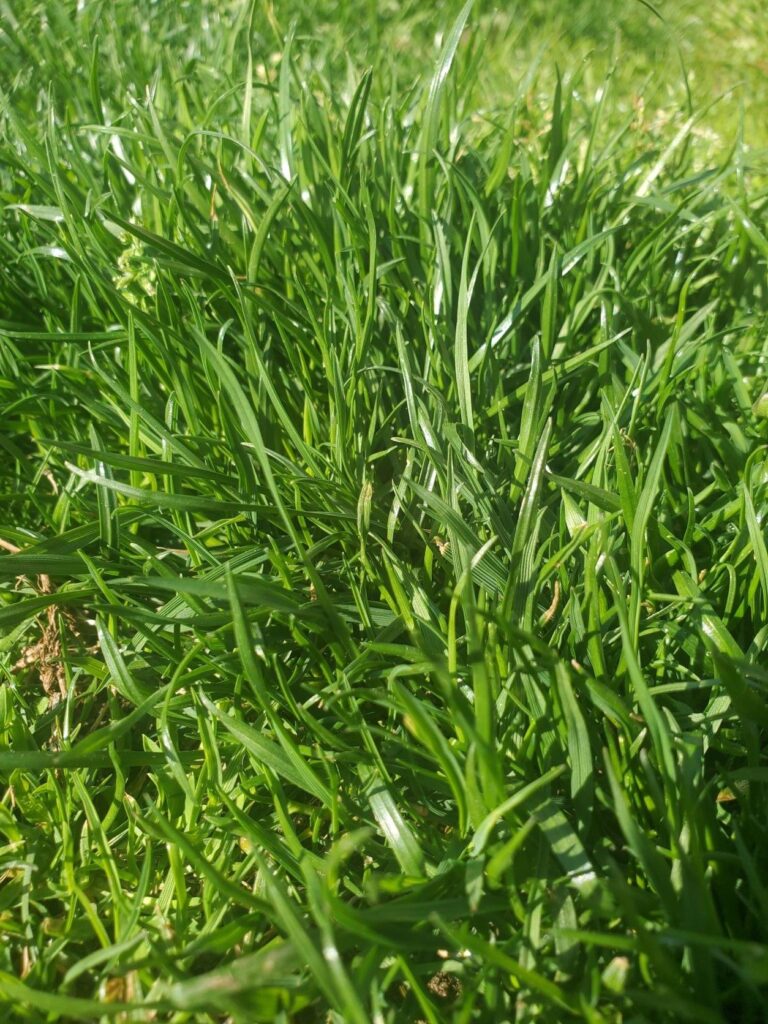Do You Want a Healthy Lawn or Garden? Start With Healthy Soil!

As Ocean County enters the seeding season for USDA Plant Hardiness Zones 6b, 7a, and 7b, many project sites will enter the final stage of the construction process through proper grading, topsoiling, and permanent stabilization of all disturbed areas. One of the key elements ensuring adequate grass germination and plant health is good topsoil depth and coverage throughout all disturbed areas to be revegetated. As per the NJ Soil Erosion and Sediment Control Standard for Topsoiling (8-1) there are several factors to keep in mind when determining if topsoil will prove to be an excellent vehicle for plant growth. First, it is important that the topsoil chosen is friable (easily crumbled in the fingers) and loamy (fertile soil consisting of sand, silt, and clay). Second, topsoil should be free of debris, objectional weeds and stones, and free of any chemicals or toxic substances that can have a negative effect inhibiting plant growth. Third, soluble salt content should be relatively low thus preventing high conductivity levels from adversely impacting plant seedling growth. Finally, the overall organic matter of chosen topsoil should be a minimum of 2.75 percent. The OCSCD staff verify many of these elements at the time of final inspection for projects.
Before topsoiling, all disturbed areas to be topsoiled should graded as needed to permit the use of equipment for seedbed preparation, seeding, mulching and anchoring, and maintenance over time. If any disturbed areas are heavily compacted, the area should be scarified 6”-12” to ensure good topsoil and subsoil bond (Note: this process is to only be completed in areas where there is no danger to underground utilities). Once the land area is properly graded, topsoil can be applied. In order to maintain the topsoil structure, it is important to never work with wet soil. When wet soil is worked with, the soil particles are packed more tightly together making it difficult for water and air to enter and plant roots to establish themselves. This will make it difficult for vigorous vegetative cover to take root and permanently stabilize the ground. Thus, when applying topsoil ensure it is dry enough to work with and that a uniform depth of 5-inches (unsettled) is added to the surface. After application, all topsoiled areas should be stabilized as per the Standard for Temporary (7-1) Vegetative Cover or Permanent (4-1) Vegetative Coverage.
